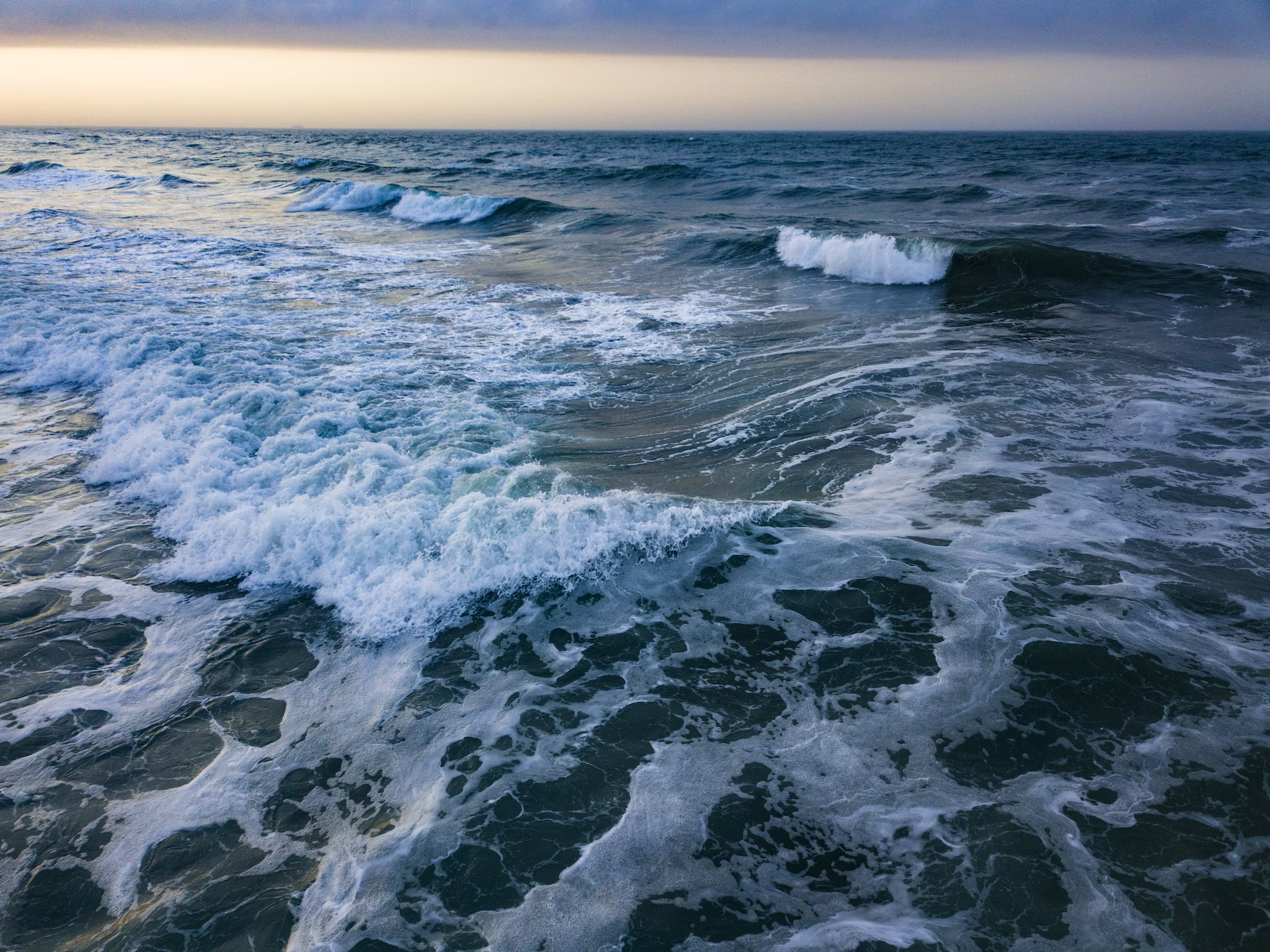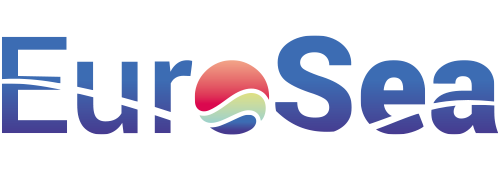
Description
The Tropical Atlantic Observing System (TAOS) plays a crucial role in monitoring and understanding the tropical Atlantic’s oceanic conditions. Enhancing its capability to deliver advanced ocean products like chl-a indicators and carbon fluxes can significantly impact a range of sectors and stakeholders.
Impact During the Project
Advanced Ocean Monitoring:
Traditional State: The previous iteration of TAOS might have had limited capabilities in terms of monitoring specific oceanic indicators like chl-a and carbon fluxes, which are crucial for understanding ocean health and productivity.
Advancement: By incorporating these indicators, TAOS can provide a more comprehensive and nuanced view of the oceanic conditions in the tropical Atlantic, achieving a Technology Readiness Level (TRL) 7 in the delivery of these advanced ocean products.
Impact Post Project
Informed Decision-making in Aquaculture and Fisheries:
Traditional State: Aquaculture and fisheries operators in the tropical Atlantic may have previously relied on less precise or less comprehensive data when making decisions about operations, leading to potential inefficiencies or misjudgements.
Advancement: With the enhanced TAOS delivering accurate chl-a indicators, these sectors can gain insights into areas of high productivity, potentially leading to optimized operations and improved yields.
Policy Formulation:
Traditional State: Policymakers would have had to rely on a potentially narrower set of data, making it challenging to formulate policies that accurately reflect the tropical Atlantic’s changing conditions.
Advancement: By accessing data on carbon fluxes, policymakers can get a clearer picture of carbon sequestration in the region, aiding in the formulation of more effective environmental and marine policies.
Advancement over and above State of the Art
The enhancement of TAOS represents a significant advancement over the previous state of the art. By offering a comprehensive view of the tropical Atlantic’s oceanic conditions through advanced indicators like chl-a and carbon fluxes, TAOS provides valuable data for a variety of stakeholders. Aquaculture and fisheries sectors can benefit from improved operational insights, while policymakers can make more informed decisions based on a clearer understanding of the region’s marine environment. This holistic approach to ocean observation in the tropical Atlantic sets a precedent for other marine observation systems globally, promoting the importance of comprehensive marine data for a range of applications.
Links and References
Link to D7.6 – Integration of in situ and satellite multi-platform data (estimation of carbon flux for trop. Atlantic): https://eurosea.eu/download/eurosea_d7-6_integration_of_in_situ_and_satellite_multi-platform_data/?wpdmdl=5604&refresh=650197cc407721694603212
